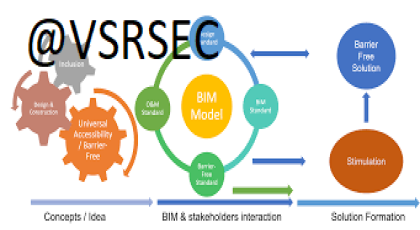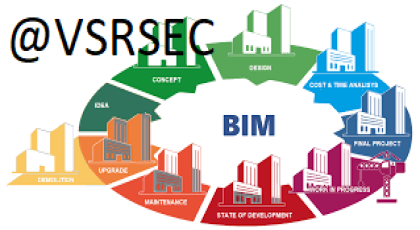BLOCK CHAIN MANAGEMENT & TECHNOLOGY
Branch : CSE






The BIM Pro course provides comprehensive training in Building Information Modeling (BIM) technologies and workflows, empowering professionals to design, collaborate, and manage construction projects digitally. This course covers the essential principles of BIM, hands-on skills with industry-leading software, and best practices for effective project coordination and documentation.
Designed for architects, engineers, construction managers, and BIM coordinators, the course guides learners through modeling techniques, data management, clash detection, and collaboration tools to improve project efficiency and reduce errors. By mastering BIM Pro skills, participants will be prepared to lead digital transformation in the construction industry and deliver projects on time and within budget.


Understand the core concepts and benefits of Building Information Modeling (BIM).
Create detailed and accurate 3D BIM models using industry-standard software.
Effectively manage and organize project data within BIM platforms.
Collaborate with multidisciplinary teams through shared BIM workflows.
Perform clash detection and resolve conflicts early in the design process.
Generate construction documentation and schedules from BIM models.
Apply BIM standards and best practices for project coordination and delivery.
Utilize BIM for project lifecycle management, from design to facility management.
Improve project efficiency, reduce errors, and enhance communication using BIM tools.
0 Reviews
Review Course
For Review on Course. You need to Login first. Login Here